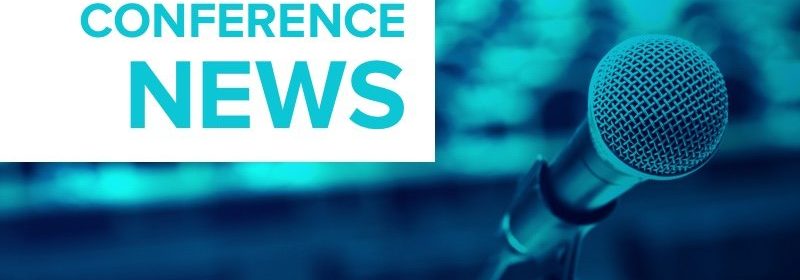Portable Brain Stimulator May Cut Agitation in Alzheimer’s

A small, portable device may help patients with agitation related to Alzheimer’s disease (AD), early research suggests.
The pilot study, which included 13 patients with AD, showed that transcranial direct current stimulation (tDCS) significantly reduced agitation.
“The results seem promising and suggest that tDCS can be a very safe and portable intervention,” study investigator Sanjeev Kumar, MD, clinician scientist, staff psychiatrist, and medical head of geriatric clinical research, Center for Addiction and Mental Health, and assistant professor, Department of Psychiatry, University of Toronto, Toronto, Canada, told Medscape Medical News.
He noted that the findings need to be replicated in a randomized clinical trial “before we can draw any hard conclusions.”
The study was presented at the American Association for Geriatric Psychiatry (AAGP) 2021.
Common, Distressing
Kumar noted that agitation is common among patients with AD. It affects about 50% of patients. In addition, it is a prime reason for institutionalization and is a major source of distress for patients and their families.
Antipsychotics are frequently used off label to treat agitation in patients with AD. However, antipsychotics are linked to a significantly increased risk for death in elderly patients with dementia. In 2005, the US Food and Drug Administration issued a boxed warning to alert healthcare professionals to this potential hazard, highlighting the need for safer alternatives.
Evidence suggests that AD involves abnormal cortical excitability, “which means your system is hyperreactive,” said Kumar. “So on EEG [electroencephalography], you see increased spikes and increased seizurelike activity.”
The level of cortical excitability may differ among AD patients, and the severity and extent of excitability may vary, depending on the stage of illness.
The open-label pilot study assessed the feasibility and tolerability of the intervention and its impact on agitation, as measured with the Cohen Mansfield Agitation Inventory (CMAI) and the Neuropsychiatric Inventory for Agitation (NPI-A).
The study included 13 patients (mean age, 80.7 years; 54% women) who were diagnosed with dementia that was due to probable or possible AD and who met criteria for agitation. The mean score on the Montreal Cognitive Assessment for those who completed this test was 12.0, and mean scores on the CMAI and the NPI-Agitation were 54.5 and 11.6, respectively.
The palm-sized tDCS device used in the study runs on two AA batteries. Wires from the device are connected to electrodes enclosed in sponges soaked in saline. The sponges are placed at the back and front of the head.
Portable, Noninvasive
The electrical stimulation emitted by the device is relatively weak – 2 milliamperes ― which Kuman noted is a fraction of that of transcutaneous electric nerve stimulation sometimes used for pain relief. Patients might feel some mild tingling, he said.
He noted that a stronger current is not necessarily better. “The biological effects of the current are not linear,” he said.
Participants underwent 30-minute stimulation sessions 5 days a week for 2 weeks.
Results showed that the intervention had a significant postintervention effect on agitation (P =.002 for mean change in frequency on the CMAI; P = .005 for NPI-A change).
Some patients reported feeling so much better that the researchers added a second assessment time point at 2 weeks. They found that the significant reduction in agitation extended for the CMAI but not for the NPI-A, although scores on the NPI-A at 2 weeks were still better than at baseline.
This finding, said Kumar, raises the question of whether “booster” stimulation sessions may be beneficial after a few weeks.
The study also showed reductions in delusions, hallucinations, and apathy, but the intervention had no impact on cognition. Kumar noted that the number of patients may be too small to detect some differences.
Adverse events (AEs) were reported in 83% of patients. The most common AE was short-duration skin redness. There were no serous AEs, no problems with pain, and only a few instances of transient insomnia, said Kumar.
The next step, he said, is to conduct a randomized trial of the intervention in long-term care facilities. If results are positive, “then we can tweak the dose of the current, the number of session, and maybe add a booster,” he said.
A major benefit of this treatment is that the device is portable and can be used at home, said Kumar.
He noted that tDCS should not be confused with electroconvulsive therapy (ECT). “ECT is effective for agitation in dementia, but this is categorically different. This is a very portable, noninvasive procedure.”
The study was funded by the Canadian Consortium on Neurodegeneration in Aging. Kumar has disclosed no relevant financial relationships.
American Association for Geriatric Psychiatry (AAGP) 2021: Session 201. Presented March 16, 2021.
For more Medscape Psychiatry news, join us on Facebook and Twitter.
Source: Read Full Article